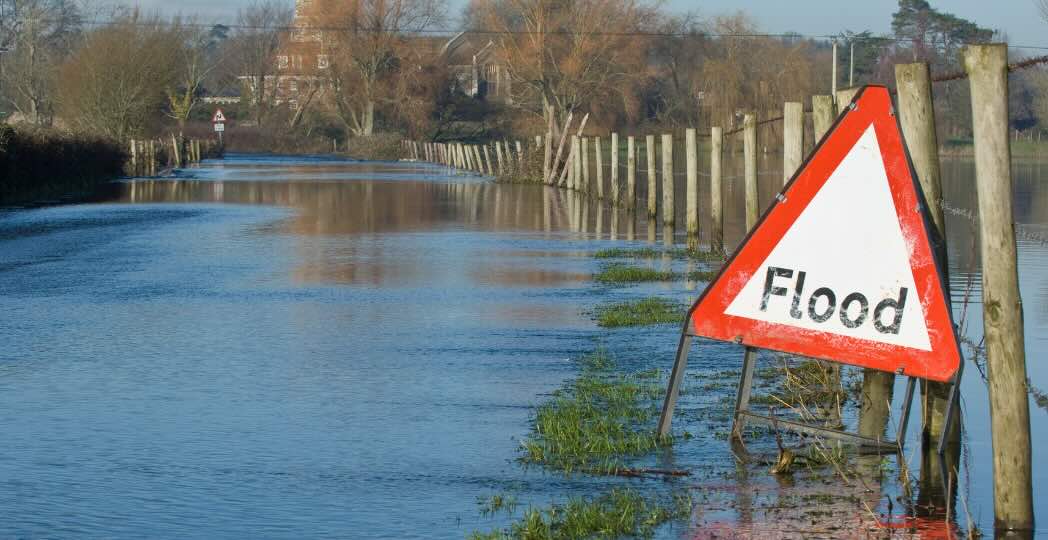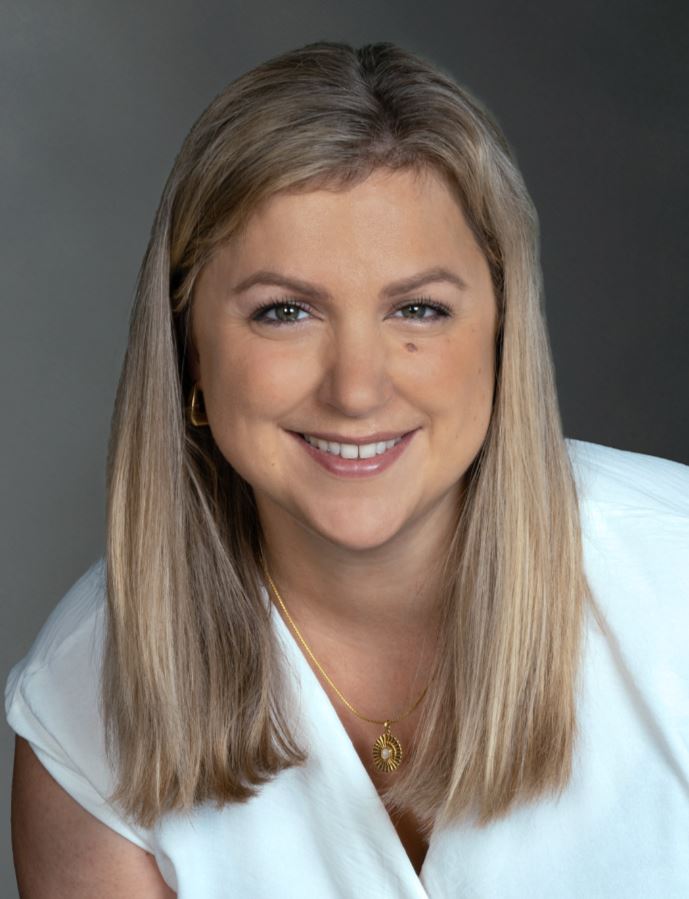For middle market companies managing physical property risks, resilience isn’t a buzzword, it’s a business essential.
According to our recent National Center for the Middle Market (NCMM)/Chubb survey of CEOs and financial executives of middle market companies, one in five middle market companies experienced disruption from a natural disaster in 2024, with the majority of these companies facing significant operational impacts. Forty-five percent of middle market company leaders said they are extremely or very concerned about climate change, with their top concerns centered around extreme weather, supply chains and infrastructure/business disruptions.

These concerns are well founded. Property-related losses have become more frequent, more intense and more unpredictable. Floods are disrupting businesses and their suppliers. Wind events are growing stronger and more destructive. History is no longer a reliable roadmap for what’s to come. In 2024, the U.S. experienced 27 individual weather or climate disasters with a least $1 billion in damages, with a total insured cost of approximately $182 billion (Source: NOAA). With hurricane season upon us, 2025 is anticipated to trend similarly.
In this environment, middle market companies aren’t taking a wait-and-see approach. Leaders are asking: What can we do to reduce our losses today and improve future outcomes? And they are getting clear, measurable answers.
The “Front Foot” Advantage
Middle market companies are agile and fast-growing. Their scale allows for precision- targeted investment and execution. Resilience strategies – aligned with business strategies – are helping these companies grow by protecting operational continuity and staying ahead of emergent risks. They also enable middle market businesses to take prevention and protection to new heights today, which is exactly what managing climate risk demands.
Dual Paths
Resilience requires both tactical execution and strategic foresight. On the tactical side, businesses are implementing physical upgrades, including flood barriers, impact resistant glass, reinforced roofing and upgraded HVAC and air filtration systems designed to withstand extreme weather and safeguard operations.
On the strategic side, data-driven risk assessments play a central role. According to the MMI survey, 85% of middle market companies use third party-services for risk assessment – a testament to the importance and the challenges of accurately understanding physical risks now.
Today, businesses can tap more and better data to get an accurate picture of their risk. Companies can pair this with real-time CAT models and forward-looking climate scenario modeling to paint a more realistic and actionable picture.
Tangible Impacts
Clarity surrounding risk enables company leaders to make well-informed, data-backed decisions and target capital where and how it will deliver the greatest return on investment. Businesses can identify priorities and act decisively in key areas, such as:
- where to build next to optimize long-term viability
- how to prioritize upgrades to existing properties based on site-specific risks
- where to relocate sensitive operations, moving critical infrastructure away from exposure zones or to safer locations within existing facilities
- quantifying return on investment by understanding avoided losses versus capital expenditures.
Positive Insurance Outcomes
While resilience supports businesses in mitigating risk, it also reflects well at the underwriting table by enhancing insurability in an era of rising property insurance premiums. At the same time, resilience-focused engineering assessments can dive deeper into on-site risks and further strengthen mitigation.

Positioned to Thrive, Whatever Tomorrow Brings
Resilience is not just a long-term aspiration – it’s a current business mandate that can protect performance, power growth and differentiate those who act from those who wait. For middle market companies navigating increasingly volatile property risks, acting now is the surest way to protect operations and build long-term value. With the right data, targeted investments and a commitment to risk mitigation, resilience is an advantage to be realized now.
For more insights, download Chubb’s survey: Middle Market Indicator: Performance, Outlook and Dynamics. Additionally, listen to Amelie talk about Resilience in a NCMM’s Podcast, The Market that Moves America.

Amelie Fava-Verde
SVP, Resilience Services Practice Leader
Chubb is the marketing name used to refer to subsidiaries of Chubb Limited providing insurance and related services. For a list of these subsidiaries, please visit our website at www.chubb.com. Insurance provided by ACE American Insurance Company and its U.S. based Chubb underwriting company affiliates. All products may not be available in all states. This material contains product summaries only. Coverage is subject to the language of the policies as actually issued. Surplus lines insurance sold only through licensed surplus lines producers. The material presented herein is advisory in nature and is offered as a resource to be used together with your professional insurance advisors in maintaining a loss prevention program. It is not intended as a substitute for legal, insurance, or other professional advice, but rather is presented for general information only. You should consult knowledgeable legal counsel or other knowledgeable experts as to any legal or technical questions you may have. Chubb, 202 Halls Mill Road, Whitehouse Station, NJ 08889-1600.